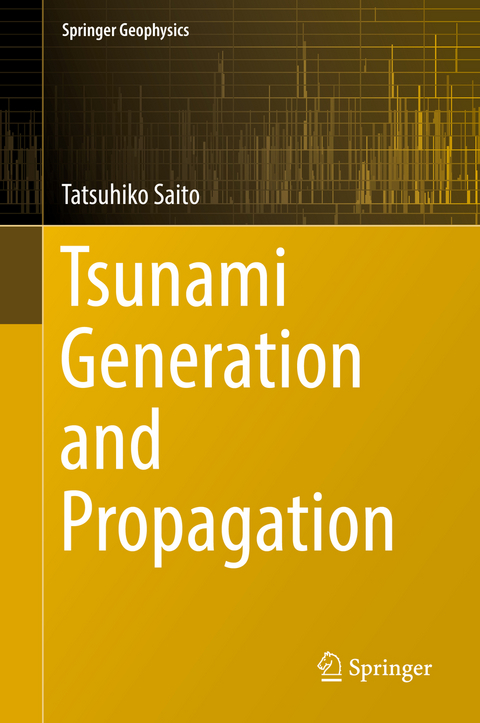
Tsunami Generation and Propagation
Springer Verlag, Japan
978-4-431-56848-3 (ISBN)
Tatsuhiko Saito received a Ph.D. at Tohoku University, Japan in 2003, where he studied scattering theories for applications to and interpretations of high-frequency seismograms. After graduation, as a postdoc researcher he continued to work on the investigation of seismic-wave propagation through heterogeneous earth at the National Institute of Advanced Industrial Science and Technology, and extended his research interests to seismic and tsunami generation using high-performance computing techniques on supercomputers at the Earthquake Research Institute, The University of Tokyo. He then moved to the National Research Institute for Earth Science and Disaster Prevention (NIED) (the present National Research Institute for Earth Science and Disaster Resilience) in 2010 and has been working there since as chief researcher. Following the 2011 Tohoku-Oki great earthquake, the NIED has started a new observational project, deploying more than 150 online seismic/tsunami sensors off the Pacific coast of eastern Japan to detect tsunami generation inside the focal area. He is currently engaged in research for the generation of earthquakes and tsunamis.
Introduction.-Overview of Tsunami.- Propagation of Tsunami and Seismic Wave.- Earthquake.- Tsunami Generation.- Propagation Simulation.- Epilogue.
| Erscheinungsdatum | 14.02.2019 |
|---|---|
| Reihe/Serie | Springer Geophysics |
| Zusatzinfo | 45 Illustrations, color; 84 Illustrations, black and white; IX, 265 p. 129 illus., 45 illus. in color. |
| Verlagsort | Tokyo |
| Sprache | englisch |
| Maße | 155 x 235 mm |
| Themenwelt | Naturwissenschaften ► Biologie ► Ökologie / Naturschutz |
| Naturwissenschaften ► Geowissenschaften ► Geografie / Kartografie | |
| Naturwissenschaften ► Geowissenschaften ► Geologie | |
| Naturwissenschaften ► Geowissenschaften ► Geophysik | |
| Naturwissenschaften ► Geowissenschaften ► Hydrologie / Ozeanografie | |
| Schlagworte | Disaster Warning • Early Warning • Mathematical Modelling • Numerical Simulation of Tsunami • Ocean Wave • Seismic Wave • Tsunami Analysis • Tsunami and Earthquake • Tsunami Hazards • Tsunami Simulation • wave propagation |
| ISBN-10 | 4-431-56848-4 / 4431568484 |
| ISBN-13 | 978-4-431-56848-3 / 9784431568483 |
| Zustand | Neuware |
| Haben Sie eine Frage zum Produkt? |
aus dem Bereich


